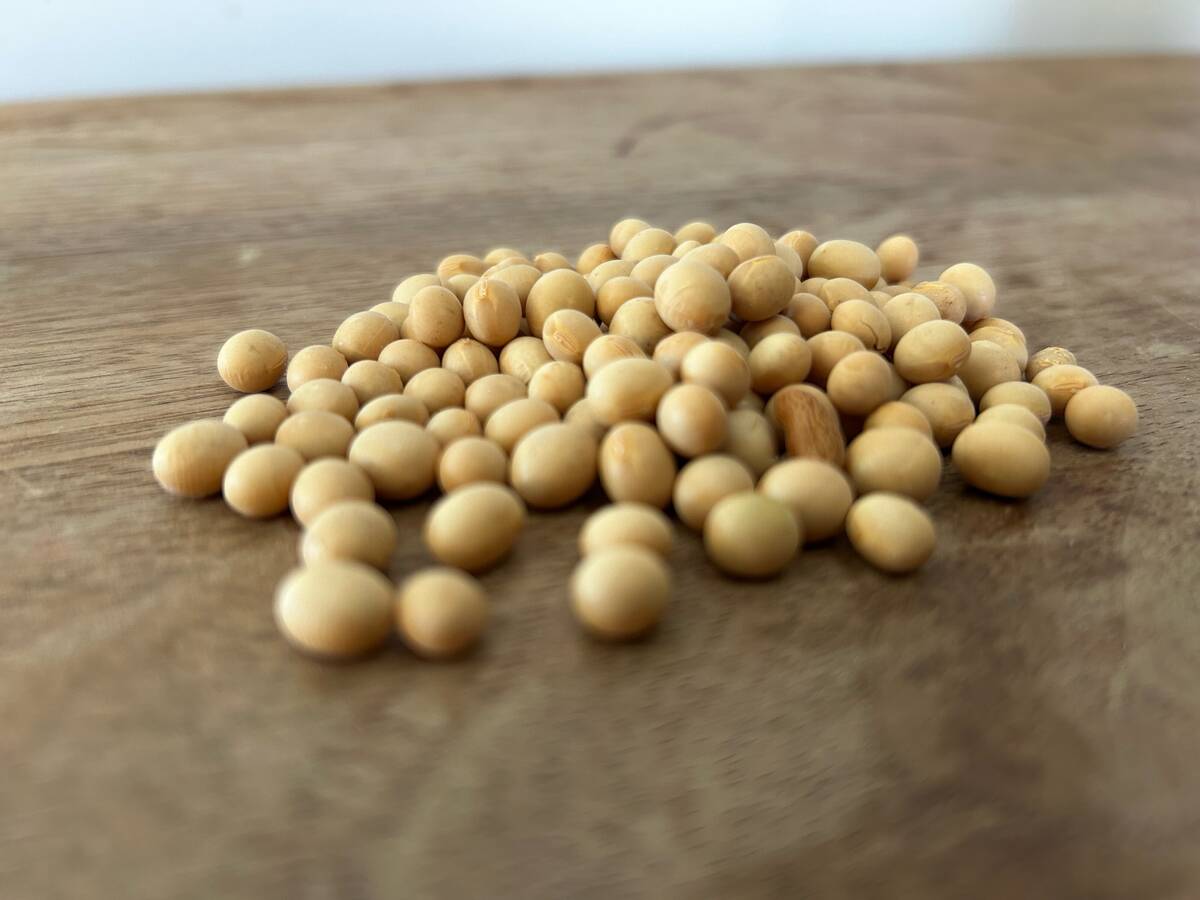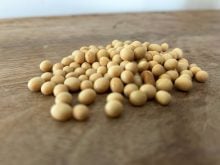Canadian farm debt soared last year by more than six percent to a record $69.6 billion, almost triple its level 18 years ago when debt began to rise.
Statistics Canada reported yesterday that total farm debt increased more than $4 billion in 2011, even as the number of census farmers tumbled 10 percent over the past five years.
It was the 18th consecutive year of significant farm debt growth. Debt began rising in 1994 after a decade of relative stability that included some years of debt reduction.
Since then, buoyed by farm consolidation, expansion and historically low interest rates, farm debt has increased by billions of dollars a year.
Read Also

U.S. grains: soybeans firm ahead of USDA data
Chicago soybeans ticked up slightly on Wednesday as traders adjusted positions ahead of the release of official U.S. data on global supply and demand on Friday, the first update in weeks, but prices were capped by a lack of large Chinese purchases.
Last year, although banks continued to hold the most farm debt, their share of total debt dropped to 34 percent while the share held by federal agencies, primarily Farm Credit Canada, has increased to almost 29 percent of the total.
Credit unions hold less than 16 percent of farm debt.
Despite the upward spiral in farm debt, lender representatives say it is a sign of a healthy and growing industry with producers willing to borrow to expand or improve their operations.
However, some farm leaders and agricultural economists worry that farmers, who typically have unpredictable income, are taking on large debt loads that have predictable debt servicing levels.
Interest costs last year were $2.3 billion, according to Statistics Canada. It was the fourth largest farm expense and is rising.
“It is manageable now but I guess the worry is what happens when interest rates start to rise, as they will some day, perhaps soon,” Canadian Federation of Agriculture president Ron Bonnett said.
“Then you will see those debt servicing costs soar and that could become a real problem.”
Canadian farm debt levels are significantly higher than comparable debt levels in the United States with higher debt servicing costs.
Economists have argued that is a competitive disadvantage for Canadian agriculture.














